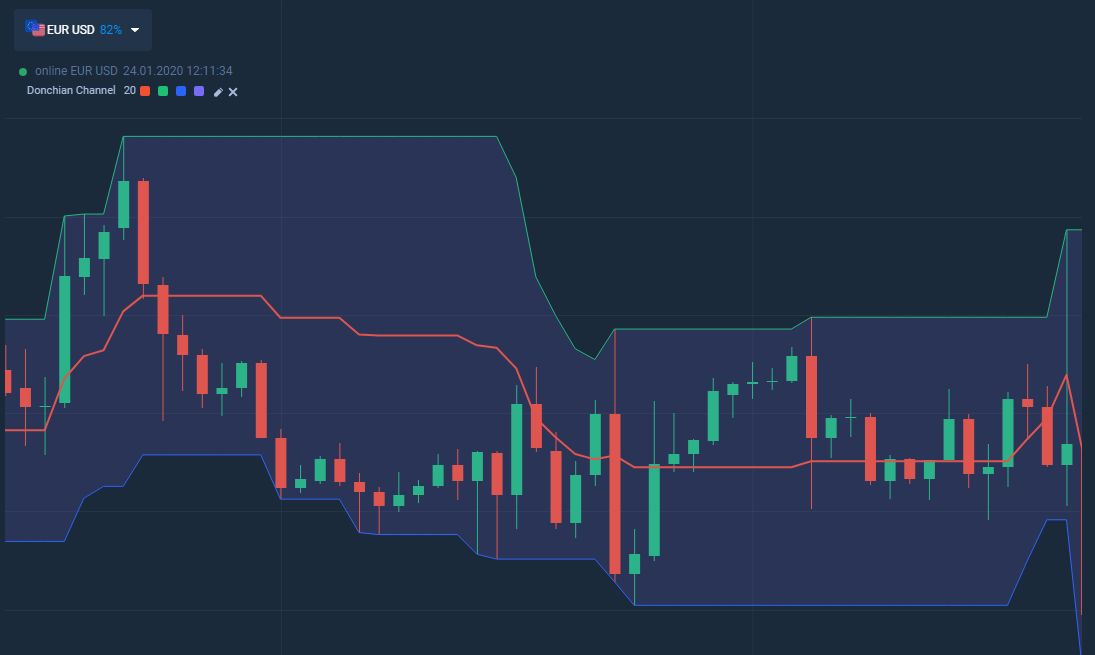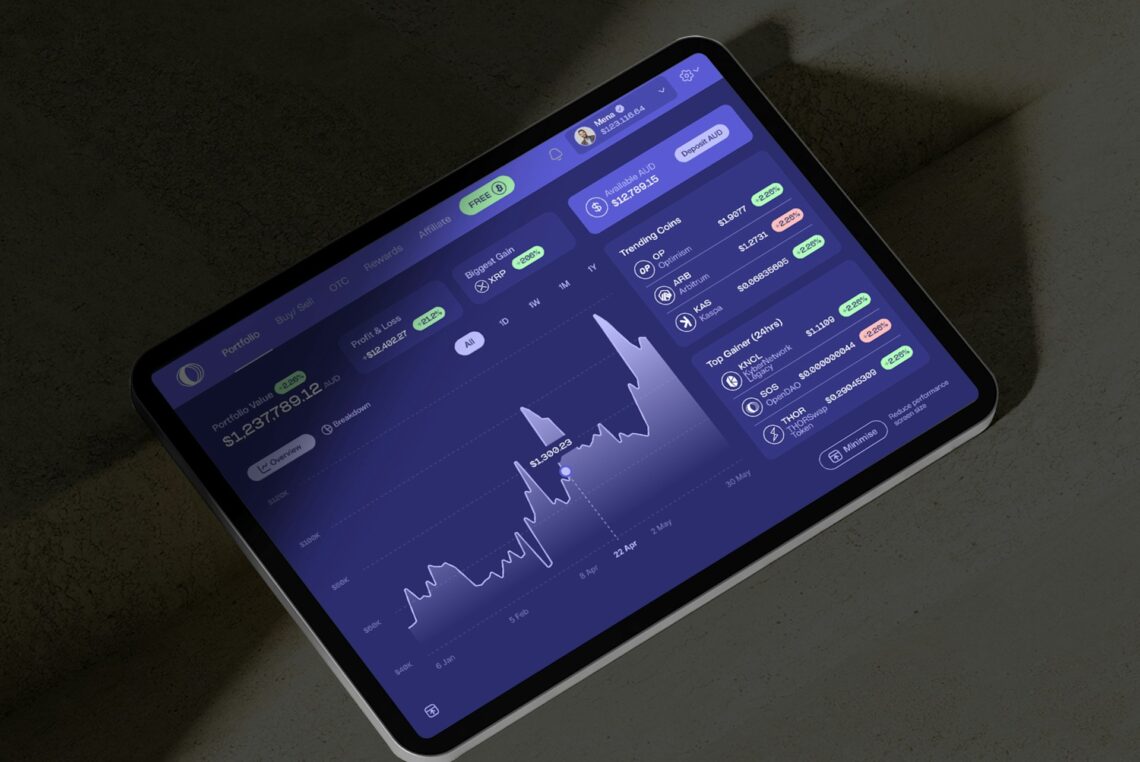How to Use the Donchian Channel in Trading Strategies
Traders use the Donchian Channel to identify market trends. It also helps identify entry and exit points and form a trading strategy. The indicator is especially effective in stable market conditions when prices move in a clear direction.
Richard Donchian developed it in the mid-20th century. He actively used the method in his own strategies since the 1950s. The channel is based on maximums and minimums over a specific period.
Channel lines
It consists of three lines:
1. The Upper Band represents the maximum for a specific period.
2. The Lower Band indicates the minimum value over a certain period of time.
3. The Middle Band is the average value.
To determine the Middle Band, add the upper and lower boundaries of the channel and divide by two. The resulting number shows the center level, which helps you understand where the current price is in relation to the range. This line often serves as a reference point and can act as support or resistance.
The standard period value is 20. However, a trader can choose a different number. A shorter period makes the chart more sensitive, while a longer period smooths out market fluctuations. For instance, a period of 50 is ideal for long-term strategies.
In general, the channel is considered a fairly simple tool. Nevertheless, it provides valuable information that can help you develop a better approach to trading.
How to interpret the indicator
An uptrend is indicated when the price approaches the upper boundary of the channel. If the price moves to the lower level, it indicates a downtrend. The middle line acts as a support and resistance level.
A breakdown of the upper band often signals the opportunity to open a long position. Conversely, a breakdown of the lower boundary can be the basis for opening a short position.
Special attention should go into choosing the channel calculation period. This determines the number of candles involved in forming levels:
– Short-term periods (10–20 candles) are suitable for scalping and intraday trading.
– Medium-term periods (20–50 candles) are more often used in swing trading.
– Long-term periods (50 candles and more) are optimal for investors focused on long-term trends.
Strategies
A breakout strategy is one of the most popular trading styles. It consists of opening positions on a breakout with a focus on the start of the trend. This approach is simple yet effective.
Conversely, the “creeping” movement strategy involves trading directly within the channel. When the price approaches the lower boundary, purchases are made with a take-profit level set at the middle or upper boundary. When the upper boundary is reached, short positions are used, focusing on the middle or lower boundary for profit taking.
The mean reversion strategy assumes that, after sharp price fluctuations, the quote will return to the middle line. This approach is useful for trading corrections.










